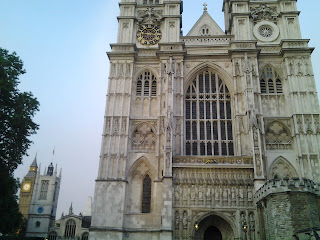Summer 2016 -- Micronations
This summer, with a couple weeks before school resumed, I took a train journey across Europe. The theme of my peregrination this time was the pursuit of micronations: small countries that, through fluke of geography or politics, played the game of European statecraft sufficiently well to run their own course into the 21st century.
I had previously visited San Marino and the Vatican. The former is composed of an impressive fortress atop a hill. The independence of San Marino was a matter of military might -- with a hefty dose of not-worth-it from opposing generals. The Vatican is independent because it, too, is built around an impregnable buttress: that of the Catholic church.
My first visits were to Guernsey and Jersey, two rainy islands nestled in the crook of Brittany's embrace, but steadfastly English (since the Norman Conquest, they claimed, paradoxically). The stench of offshore banking (technically-legal money laundering, really) is abundant in Jersey, but the islands are pervaded more by their history than the present. Fortresses, tunnels, ancient hedgerows: these are the quaint ingredients that comprise the Channel Islands.
I had expected to find that micronations in mountains would be valleys surrounded by unassailable mountain ranges. The most similar to that description was Andorra, whose population (and tobacco farms and ski resorts) fall into a few river valleys surrounded by mountains. But this was not a fiefdom that survived in isolation for centuries. Its approaches were steep, but as passable for trade as they would have been for foreign military.
Monaco, likewise, was in a mountainous area, but it was not delibeated by craggy peaks. Liechtenstein was the converse of my thesis: a short span of lush farmland on the east bank of the Rhine, lowland borders with an impossibly-high granite spine.
If the micronation is not defined by geographic inaccessibility, neither is it culturally distinctive. The Brits on the Channel Islands were welcoming and warm (the opposite of their weather, incidentally), while the residents of the wealthier enclaves of Andorra and Liechtenstein were more haughty and self-impressed. Monaco was too drunk with hedonism and money to bother comparing.
The mission of the trip was to visit small countries, but my happiest moments were in small towns: time with a friend in Brighton, the "gite d'étape" of l'Hospitalet, and confusedly medieval Ventimiglia.


















































